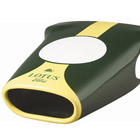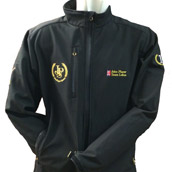Legendary Team Lotus Aerodynamicicst Peter Wright dies
Classic Team Lotus is deeply saddened to learn of the passing of former Lotus aerodynamicist Peter Wright who played a fundamental role in bringing the Lotus innovation of Ground Effects into Formula 1.
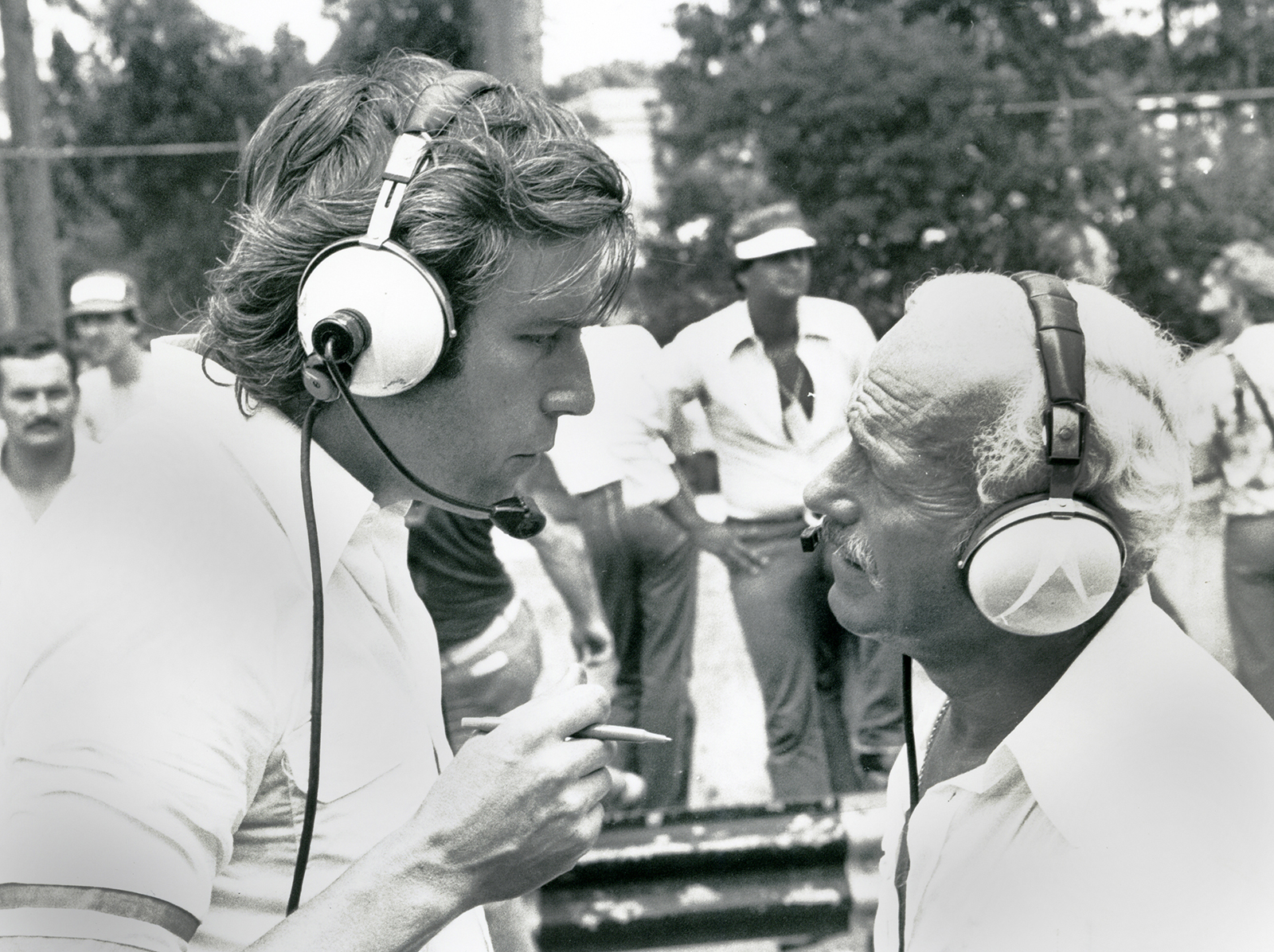
Born in Farnham in the UK, Peter Wright graduated from Cambridge with an engineering degree specialising in thermodynamics and aerodynamics. Towards the end of 1966 he joined BRM where he was mentored in his early career by Tony Rudd who was toying with a very crude concept for a wing car with profiled sidepods in favour of wings. In 1969 Peter went to work for Specialised Mouldings, the Huntingdon-based plastic moulding specialists. There he designed a purpose-built wind tunnel (which was later sold to the Williams F1 team!) as well as the wing profile side-pods for the March 701.
Having learnt a great deal about glass-fibre and aerodynamics, he was approached to work for Technocraft, a company within Group Lotus which was experimenting in injection moulding techniques for boats created using Lotus’ pioneering VARI process. When Tony Rudd moved to Hethel, Peter joined him in the newly set up aerodynamic research and engineering base in Ketteringham Hall. It was into this fertile breeding ground for new ideas that Peter became a key part of Team Lotus, working alongside Colin Chapman and Rudd.
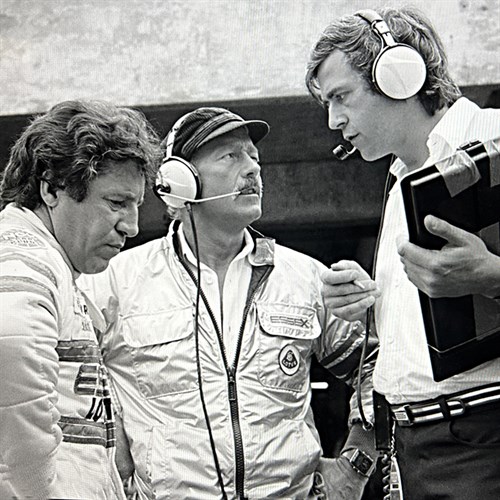
Chapman directed Rudd and his team to undertake a thorough re-examination of structural methods and aerodynamics, looking, in effect, about ten years ahead. It was this lively, imaginative “think-tank” which was to give rise to the ground effect technology on the Lotus 78, the very first ground effects Lotus F1 car, and the sensational, Championship-winning Lotus 79 which totally dominated the 1978 Grand Prix season and re-established Team Lotus at the very top of F1. Peter Wright also played a key design role in the incredibly innovative Lotus Type 88 ‘twin chassis’ concept, which took the ground effects idea to new level.
Wright was also heavily involved with what many consider the last great technological innovation brought by Team Lotus to Formula One, namely Active Suspension. The technology was first used in the Lotus Type 92 during the 1983 season and then to greater success in the hands of Ayrton Senna in 1987 with the Lotus Type 99T, which was the first Active F1 car to win a Grand Prix.
During 1990 the Chapman family decided that it would be better for others to take up the challenge of running Team Lotus, and reached an agreement with Peter Collins and Peter Wright, both contemporaries of Colin Chapman, for them to take control. Team Personnel demonstrated fantastic loyalty and faced up to the challenge of taking the team forward into the 90s.
Wright would go on to become highly influential as president of the FIA Safety Commission and under his guidance the HANS device, cockpits able to withstand 60g and far safer circuit design was developed. He was also involved in the F1 current engine regulations, as well as the Drag Reduction System and the Balance of Performance system used in sports cars.
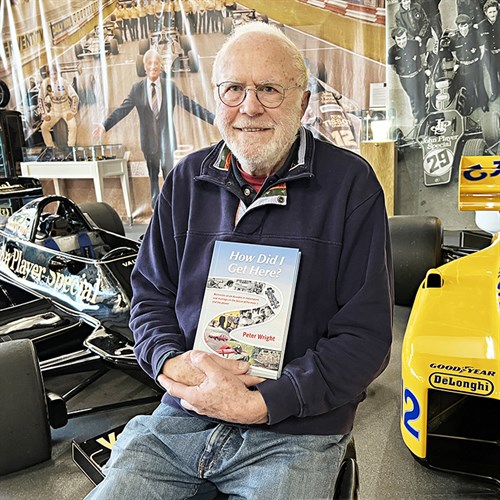
In recent years Peter found time in his still busy schedule to sit down and put together a fascinating record of his life and we are fortunate to have his book "How did I get here?" to help us remember his life and achievements.
CTL sends its sincere condolences to all Peter’s family and friends.

